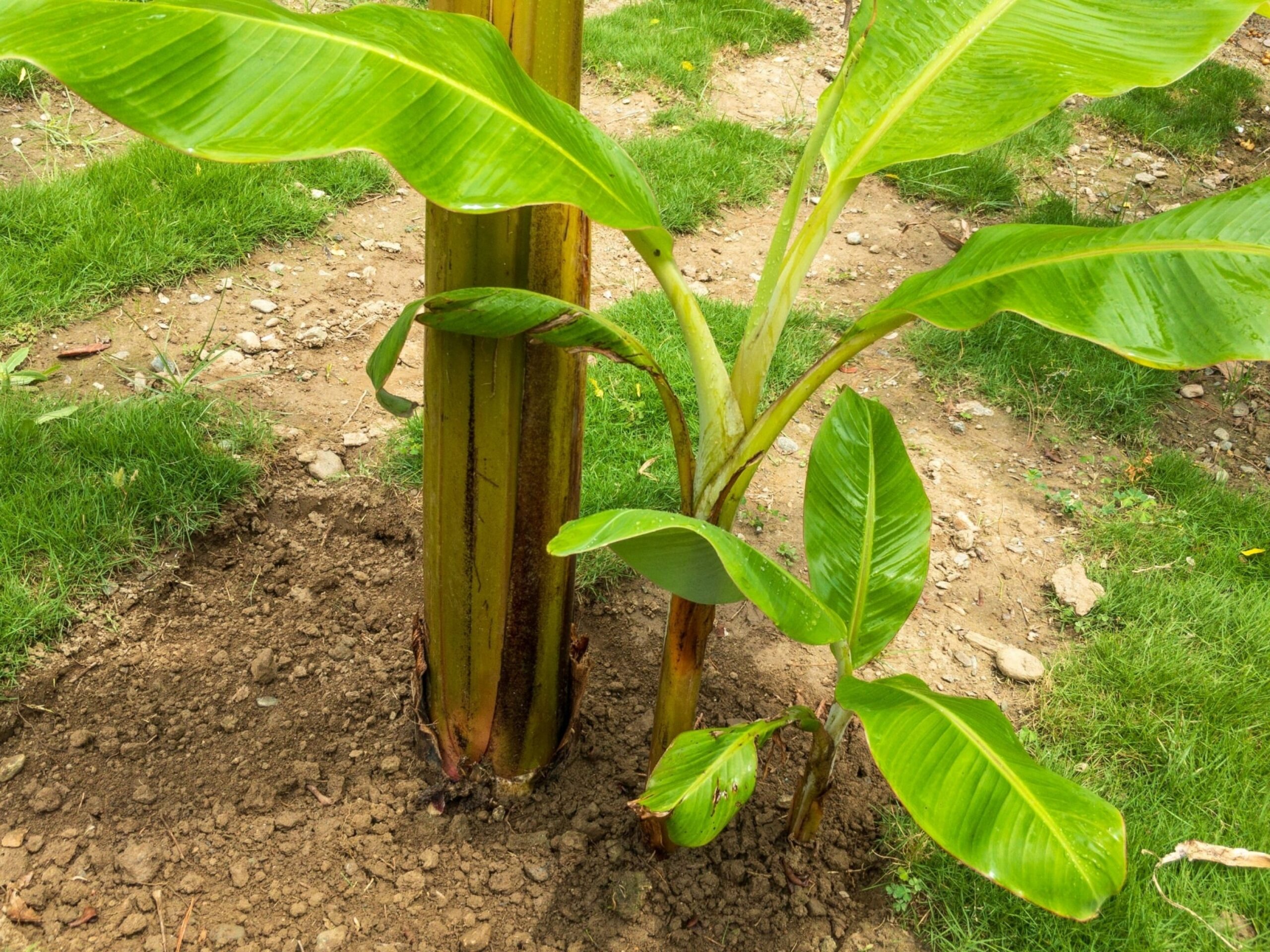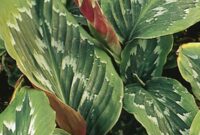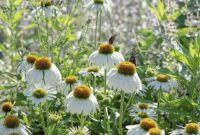Basic Guide
Introduction
Banana plants are not only a source of delicious, potassium-rich fruit but also a fascinating addition to your garden.
Whether you’re a seasoned gardener or just starting with your green thumb, understanding the basics of banana pup care is essential.
Why Proper Banana Pup Care Matters
Before we delve into the intricacies of banana pup care, it’s crucial to grasp why it matters in the first place.
Proper care from the very beginning can make all the difference between a thriving banana plant and a struggling one.
By investing your time and attention in the early stages, you set the foundation for a bountiful harvest and a happy, healthy plant.
Understanding Banana Plants
Banana plants have a rich history that dates back thousands of years. Their origins can be traced to the tropical regions of Southeast Asia, and they have since become a staple in diets around the world.
To care for your banana pups effectively, it’s essential to understand the history and origins of these remarkable plants.
History and Origins of Banana Plants
Delving into the history of banana plants allows us to appreciate their significance in human culture and agriculture.
From ancient civilizations to modern-day cultivation, these plants have played a vital role in shaping our culinary traditions and economies.
Various Banana Varieties to Choose From
Bananas come in a wide array of varieties, each with its unique characteristics and flavor profiles.
Whether you’re interested in the sweet and creamy taste of the Cavendish banana or the unique attributes of plantains, knowing the different banana varieties available can help you make informed choices when selecting your pups.
.
Step 1: Selecting Quality Banana Pups
When embarking on your journey to grow healthy and fruitful banana plants, one of the crucial initial steps is selecting high-quality banana pups.
These offshoots will be the foundation upon which your entire banana plantation rests.
Choosing Healthy Banana Offshoots
The first step in your quest for thriving banana plants is to ensure you choose healthy offshoots or pups.
These are the smaller plants that sprout at the base of mature banana plants. Here’s how to identify and select the healthiest options:
- Look for offshoots that are at least 2 to 3 feet tall.
- Examine the leaves for signs of damage, discoloration, or disease.
- Check the root system for well-developed, white roots.
- Avoid pups with any visible signs of pests or fungal infections.
By carefully inspecting and selecting robust offshoots, you’re setting your banana plants up for a strong start.
Tips for Purchasing Quality Banana Pups
Knowing where and how to purchase banana pups is equally important. Here are some valuable tips to keep in mind:
- Buy from Reputable Sources: Seek out reputable nurseries, garden centers, or online sellers with positive reviews and a history of supplying healthy plants.
- Choose Local Varieties: Whenever possible, select banana pup varieties that are well-suited to your local climate. Local varieties tend to thrive more easily.
- Consider Disease Resistance: Inquire about the disease resistance of the banana variety you’re interested in. Some varieties are more resilient to common banana diseases.
- Ask Questions: Don’t hesitate to ask the seller about the care and maintenance history of the pups. Information about their growth conditions can be valuable.
- Inspect Before Purchase: Before finalizing your purchase, thoroughly inspect the pups for the health indicators mentioned earlier. If you’re buying online, ensure the seller provides clear photos and descriptions.
Remember that the quality of your banana pups significantly influences the success of your banana plantation.
By being discerning in your selection and following these tips, you’re taking a significant step towards raising healthy and fruitful banana plants.
.
Step 2: Planting Banana Pups Correctly
Now that you’ve selected healthy banana pups, it’s time to move on to the next crucial step in your journey to cultivate flourishing banana plants – planting them correctly.
This step is fundamental as it sets the stage for the growth and development of your banana pups.
Preparing Ideal Soil Conditions
Before you place your banana pups in the ground, it’s essential to ensure that the soil conditions are optimal for their growth. Here are some key considerations:
- Well-Draining Soil: Banana plants despise waterlogged soil, so make sure your planting area has well-draining soil to prevent root rot.
- Rich in Organic Matter: Incorporate compost or well-rotted manure into the soil to provide essential nutrients for your banana plants.
- pH Levels: Banana plants thrive in slightly acidic to neutral soil with a pH range of 6 to 7. Test your soil’s pH and amend it if necessary.
- Sunlight: Choose a location that receives plenty of sunlight. Banana plants typically require at least 6-8 hours of sunlight daily for optimal growth.
- Wind Protection: As banana plants have large leaves that can be damaged by strong winds, consider planting them in a location with some wind protection, such as near a wall or fence.
- Spacing: Ensure that you space your banana pups adequately to allow for their mature size. Different banana varieties have varying space requirements.
By preparing the ideal soil conditions and selecting the right location, you’re creating a favorable environment for your banana pups to thrive.
Step-by-Step Guide to Planting Banana Pups
Now, let’s walk through the process of planting your banana pups step by step:
- Dig a Hole: Dig a hole in the prepared soil that is deep enough to accommodate the entire root system of the pup. The hole should be slightly wider than the root mass.
- Place the Pup: Gently remove the pup from its container or packaging, taking care not to damage the roots. Place it in the center of the hole.
- Backfill: Fill the hole with soil, ensuring that the pup is at the same depth it was previously planted. Tamp down the soil gently to remove any air pockets.
- Water Thoroughly: Water the newly planted pup thoroughly to settle the soil and provide initial hydration.
- Mulch: Apply a layer of organic mulch around the base of the plant to retain moisture, regulate soil temperature, and deter weed growth.
- Stake if Necessary: Depending on the size and stability of the pup, you may need to stake it to provide support against wind.
By following these steps, you’ve successfully planted your banana pups in a manner that promotes healthy growth and development.



